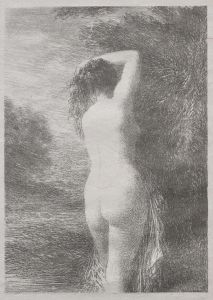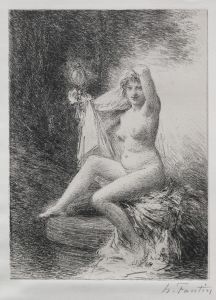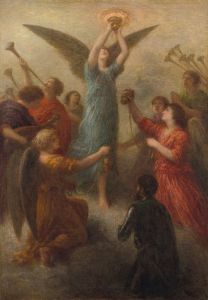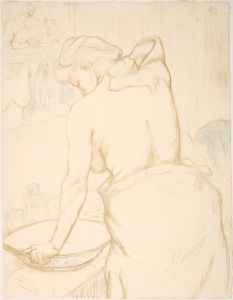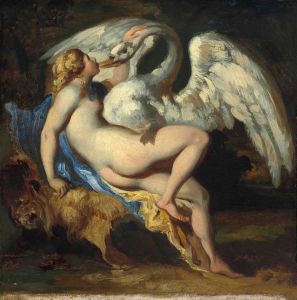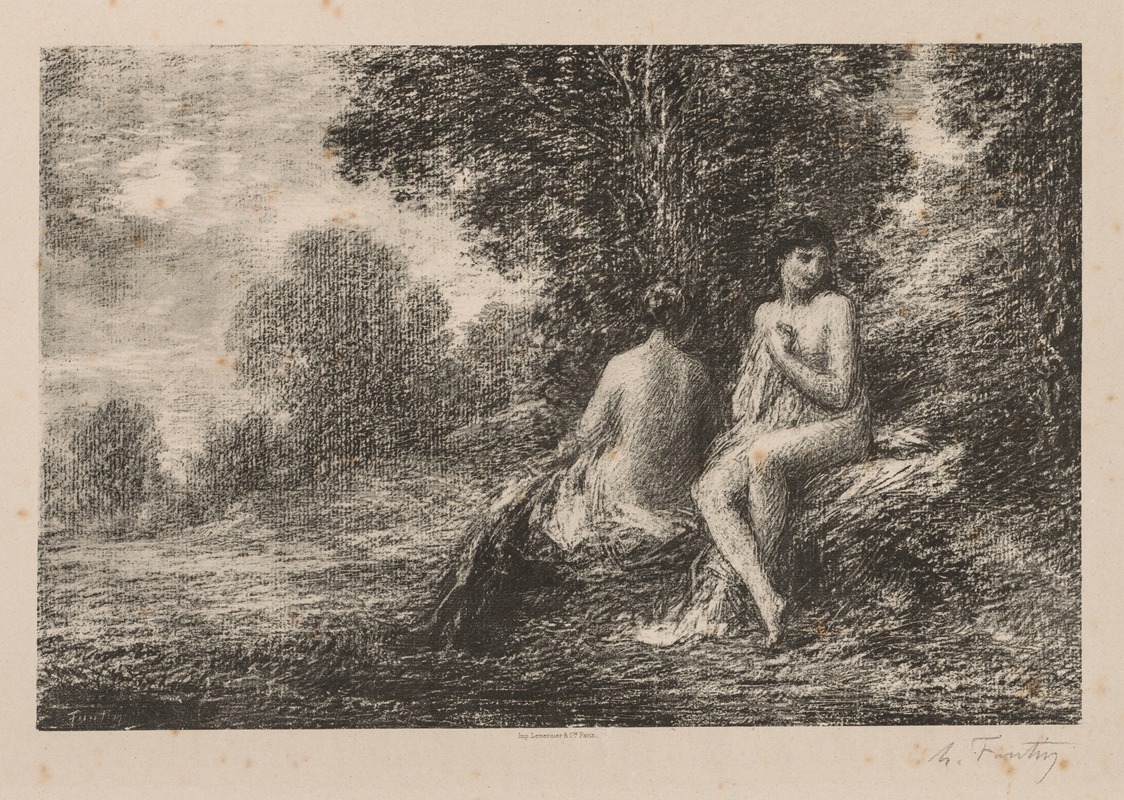
Bathers
A hand-painted replica of Henri Fantin-Latour’s masterpiece Bathers, meticulously crafted by professional artists to capture the true essence of the original. Each piece is created with museum-quality canvas and rare mineral pigments, carefully painted by experienced artists with delicate brushstrokes and rich, layered colors to perfectly recreate the texture of the original artwork. Unlike machine-printed reproductions, this hand-painted version brings the painting to life, infused with the artist’s emotions and skill in every stroke. Whether for personal collection or home decoration, it instantly elevates the artistic atmosphere of any space.
Henri Fantin-Latour, a renowned French painter known for his still lifes and group portraits, created the painting "Bathers" in the late 19th century. Fantin-Latour was an artist who often drew inspiration from the works of the Old Masters, and he was particularly influenced by the Romantic and Symbolist movements. His work is characterized by a delicate use of color and a meticulous attention to detail, which is evident in "Bathers."
"Bathers" is a notable example of Fantin-Latour's exploration of the human form and his interest in classical themes. The painting depicts a serene and idyllic scene of women bathing in a natural setting, a subject that has been a recurring theme in art history, often symbolizing purity, beauty, and a return to nature. This theme was popular among many artists of the 19th century, who sought to capture the harmony between humanity and the natural world.
Fantin-Latour's "Bathers" is distinguished by its soft, muted palette and the gentle, almost dreamlike quality of the composition. The figures in the painting are rendered with a sense of grace and tranquility, reflecting the artist's skill in capturing the subtleties of light and shadow. The landscape surrounding the bathers is lush and verdant, enhancing the sense of an untouched, pastoral paradise.
While Fantin-Latour is primarily known for his still lifes and portraits, "Bathers" demonstrates his ability to handle more complex compositions involving multiple figures and a dynamic setting. The painting reflects his admiration for the works of earlier artists such as Titian and Poussin, who also explored similar themes in their art. Fantin-Latour's approach, however, is more intimate and personal, focusing on the quiet beauty of the scene rather than grandiose mythological narratives.
Fantin-Latour's work, including "Bathers," was well-received during his lifetime, and he exhibited regularly at the Salon in Paris. Despite being contemporaneous with the Impressionists, Fantin-Latour maintained a more traditional approach to painting, which garnered him respect and admiration from both critics and fellow artists. His dedication to his craft and his unique vision have ensured his place in the history of art.
Today, "Bathers" is appreciated for its aesthetic qualities and its contribution to the genre of figure painting. It serves as a testament to Fantin-Latour's ability to blend classical influences with his own artistic sensibilities, creating works that are both timeless and evocative. The painting continues to be studied and admired by art historians and enthusiasts alike, who recognize its significance within the broader context of 19th-century art.
Fantin-Latour's legacy is preserved in numerous collections around the world, and his paintings, including "Bathers," remain influential in the study of art from this period. His work is celebrated for its beauty, technical skill, and the quiet introspection that it often conveys, making "Bathers" a quintessential example of his artistic achievements.







